Preventive Healthcare
Groin Pain: Common Causes, Symptoms, and Treatment Options
181 Views
0
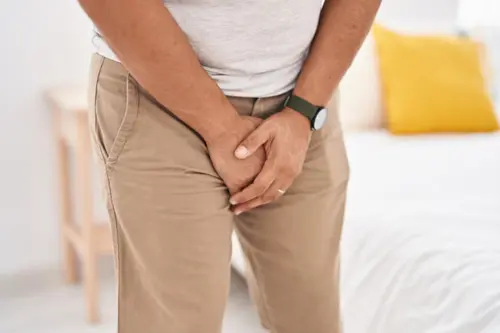
Groin pain is a common complaint that can affect people of all ages, genders, and activity levels. Whether you're an athlete, a desk worker, or a senior citizen, experiencing discomfort in the groin area can be concerning and disruptive to your daily life. Groin pain causes can be varied, ranging from muscle strains and hernias to hip joint problems and urological conditions. Identifying the underlying reason is crucial for proper treatment. This article will provide a comprehensive overview of groin pain symptoms, diagnosis, and treatment options, empowering you with the knowledge to manage this condition effectively.
What is groin pain?
Groin pain is discomfort or soreness in the area where the abdomen meets the upper thigh. This region contains muscles, ligaments, nerves, and organs, making it prone to pain from injury or medical conditions. Groin pain can occur on one or both sides, may develop suddenly or gradually, and vary in intensity from a dull ache to a sharp, stabbing sensation. The characteristics of the pain, such as its location, duration, and severity, often provide clues about the underlying cause.
Common groin pain causes include muscle strains, hernias, kidney stones, or nerve issues. Identifying the exact cause is essential for proper groin pain treatment, and consulting a healthcare provider is recommended if the pain persists, worsens, or is accompanied by other concerning symptoms.
How common is it?
Groin pain is a common complaint, particularly among athletes and individuals engaged in physical activities that involve rapid changes in direction or repetitive movements. However, groin pain can also affect less active individuals due to various non-athletic causes.
What causes groin pain?
Groin pain causes can vary widely and may include muscle strains, hernias, hip issues, nerve problems, and urinary or reproductive conditions. Gastrointestinal issues, such as appendicitis or kidney stones, can also trigger groin pain. Identifying the exact cause is essential for effective groin pain treatment. Consulting a healthcare provider can help determine the underlying issue and guide appropriate care. Whether the pain is sudden or persistent, understanding its source is key to managing symptoms and promoting recovery.
Causes of primary groin pain
Athletic or movement-related injuries
Muscle strains are a frequent cause of groin pain, particularly in athletes who engage in sports that involve quick directional changes, kicking, and twisting movements. The adductor muscles of the inner thigh are especially prone to strains.
Hernias
Weaknesses in the abdominal wall can allow internal tissues to protrude, causing a painful groin bulge. Inguinal hernias are the most common conditions for groin pain in males.
Hip conditions
Problems in the hip joint, such as arthritis, labral tears, and femoroacetabular impingement, can cause groin pain.
Nervous system conditions
Compression or irritation of the nerves that supply the groin area, such as the ilioinguinal nerve, can lead to groin pain and sensory changes.
Urological conditions
Kidney stones, infections, and other disorders of the urinary tract may cause pain that radiates to the groin.
Gynaecological conditions
In women, conditions like ovarian cysts, endometriosis, and pelvic inflammatory disease can be sources of groin discomfort.
Gastrointestinal conditions
Although less common, some digestive problems like hernias and intestinal inflammation may refer pain to the groin.
Causes of secondary groin pain
Secondary groin pain can arise from systemic conditions that affect multiple body parts. These conditions may indirectly cause discomfort in the groin area due to referred pain or inflammation. Examples include infections, autoimmune disorders, or certain cancers.
What does groin pain feel like?
The sensation of groin pain can vary depending on the underlying cause. It may present as a dull ache, a sharp or stabbing pain, or a burning sensation. The pain can be constant or intermittent, and its intensity may fluctuate. Groin pain symptoms often worsen with physical activity, such as walking, running, or climbing stairs, and improve with rest. In some cases, the groin pain may radiate to the inner thigh, lower abdomen, or scrotum. Additionally, individuals may experience stiffness, weakness, or a pulling sensation in the affected area.
Diagnosing the source of groin pain
Diagnosing the source of groin pain involves a comprehensive evaluation by a healthcare professional. The diagnostic process typically includes a thorough medical history review and physical examination. The doctor may inquire about the onset, duration, and characteristics of the pain, as well as any associated symptoms or aggravating factors.
During the physical exam, the healthcare provider will assess the groin area for tenderness, swelling, or visible abnormalities. They may also perform specific tests or manoeuvres to evaluate the range of motion, strength, and stability of the hip joint and surrounding muscles.
Imaging tests, such as X-rays, ultrasound, or magnetic resonance imaging (MRI), may be ordered to visualise the internal structures and rule out certain conditions. For example, an X-ray can help identify fractures or arthritis, while an MRI can provide detailed images of soft tissues, including muscles, tendons, and ligaments.
In some cases, additional diagnostic procedures may be necessary for groin pain. For instance, if a hernia is suspected, the doctor may recommend an ultrasound or a specialised test called a herniography. If a nerve entrapment is suspected, nerve conduction studies or electromyography may be performed to assess nerve function and muscle activity.
How do we relieve groin pain?
Groin pain treatment approach depends on the specific cause identified. However, some general measures that can help alleviate discomfort include:
- Rest: Avoiding activities that aggravate the pain and allowing the affected area to heal
- Ice: Applying cold packs to the groin for 15-20 minutes several times a day to reduce pain and inflammation
- Heat: Using heat therapy to relax tense muscles and promote circulation
- Over-the-counter pain relievers: Nonsteroidal anti-inflammatory drugs (NSAIDs) like ibuprofen can help manage pain and inflammation
- Physical therapy: Stretching and strengthening exercises can improve flexibility, stability, and support of the groin muscles and surrounding structures.
When should we be concerned about groin pain?
While most cases of groin pain resolve with conservative measures, some signs warrant prompt medical attention. See a doctor immediately if the pain is severe, comes on suddenly, or is accompanied by fever, chills, nausea, or vomiting.
Can groin pain be prevented?
Preventing groin pain involves maintaining the strength and flexibility of the muscles and structures in the region. This can be achieved through regular exercise, proper warm-ups before physical activity, and avoiding excessive strain or overuse. Maintaining a healthy body weight and addressing any underlying medical conditions also helps reduce the risk of developing groin pain.
When to see a doctor
Minor groin pain can often be managed with self-care measures. However, it's important to consult a doctor if the pain persists beyond a few days, gets progressively worse, or interferes with your daily activities. Seek prompt medical care if the groin pain is severe or you notice symptoms like swelling, fever, or difficulty bearing weight on the affected leg.
Conclusion
Groin pain is a common but potentially debilitating condition that can stem from various musculoskeletal, neural, and organ-related causes. If you're experiencing persistent groin pain, it's crucial to consult a healthcare professional for an accurate groin pain diagnosis and personalised treatment plan.
Metropolis Healthcare, with its network of advanced diagnostic labs and skilled technicians across India, can be your trusted partner in this journey. Our state-of-the-art pathology services and convenient at-home sample collection can help identify the root cause of your groin pain, empowering you to take control of your health.



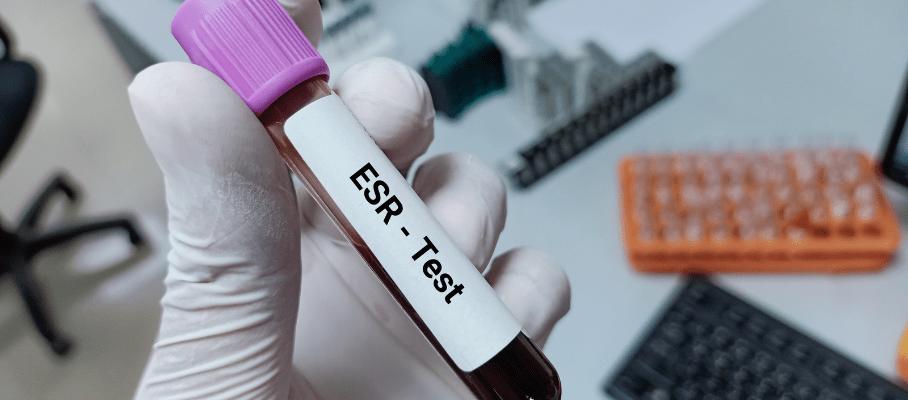

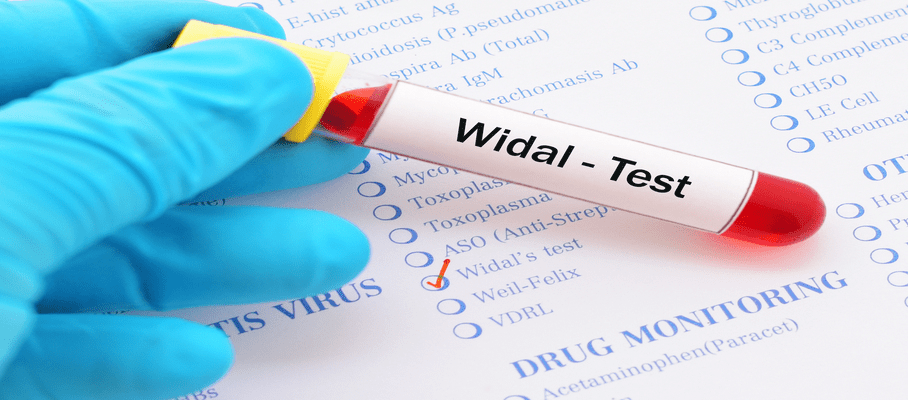


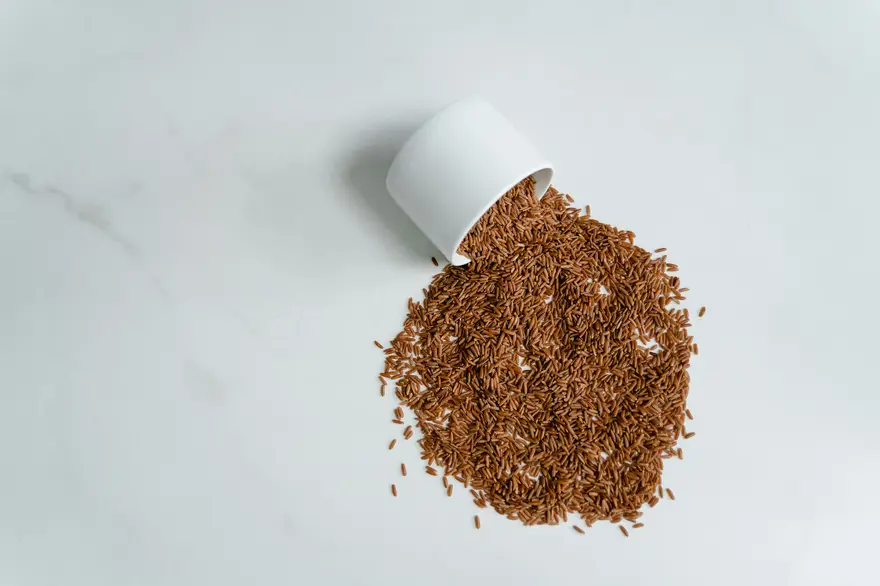
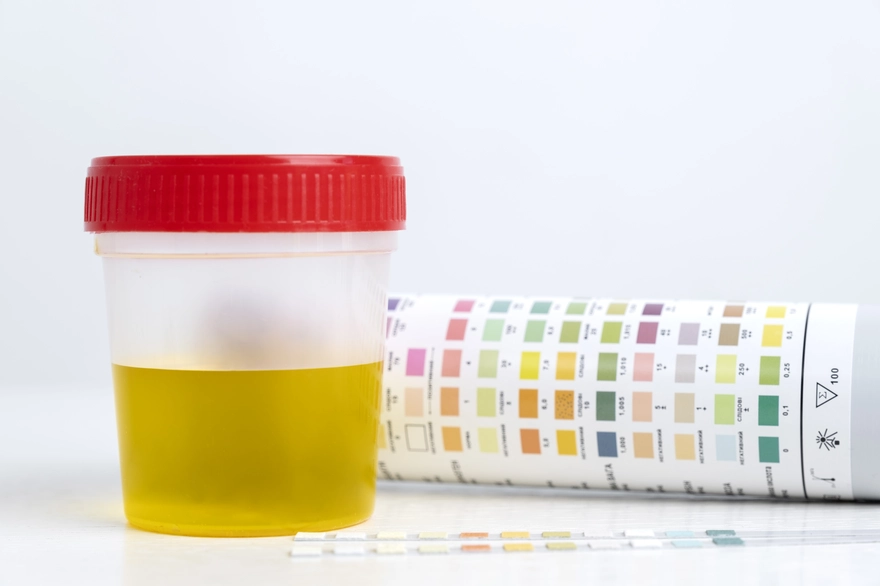

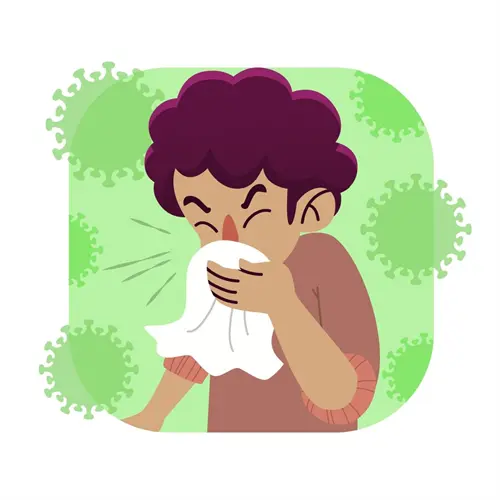










 WhatsApp
WhatsApp